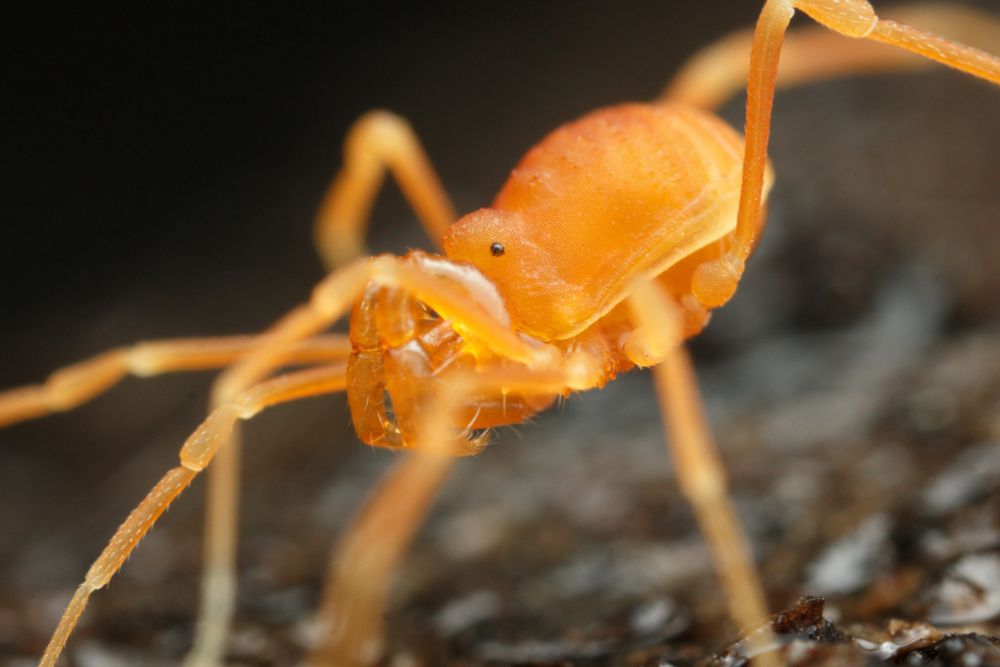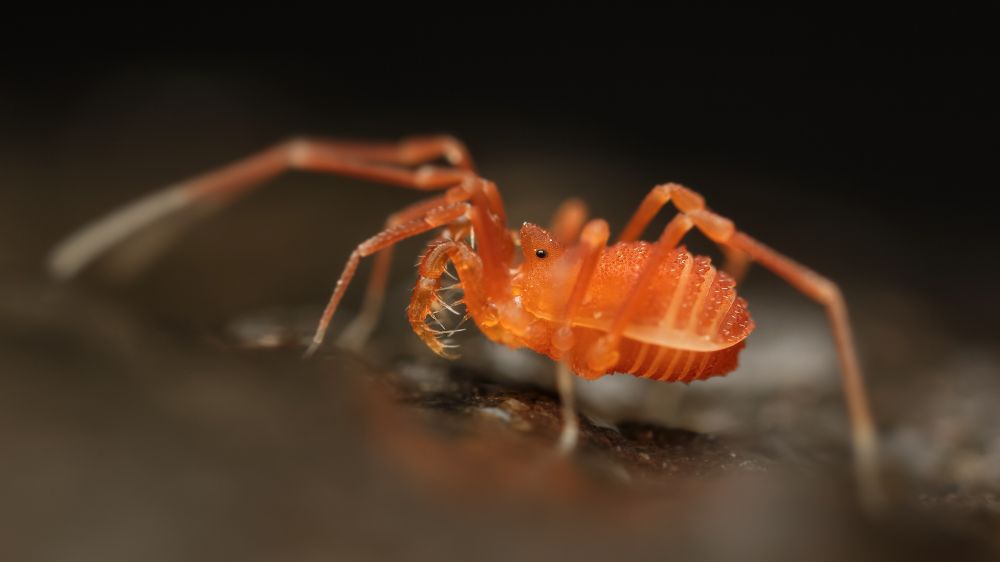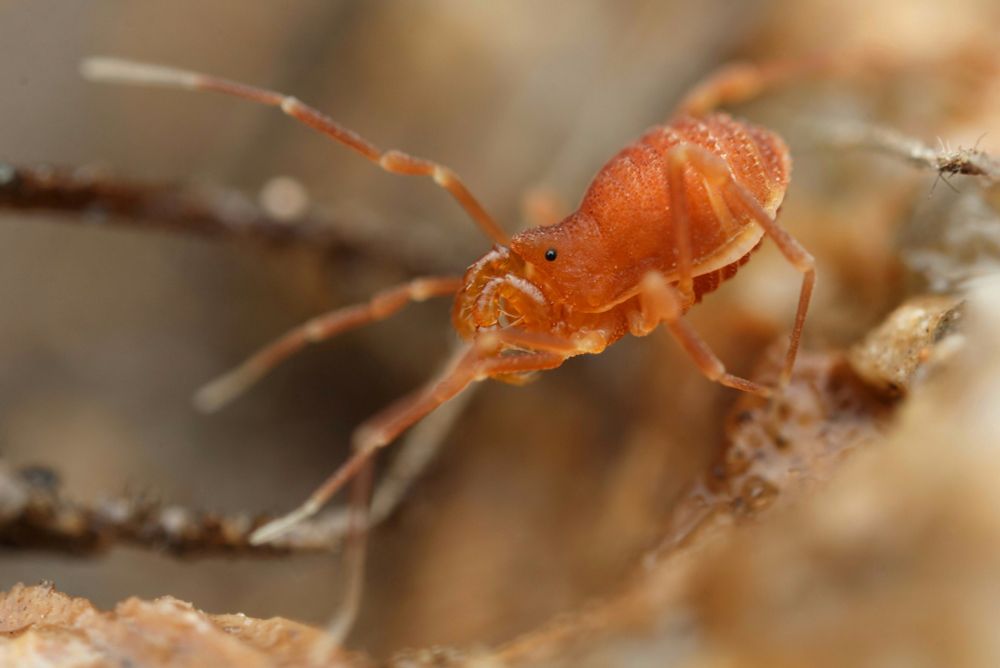
flickr.com/photos/ozopore/























A genus that's rarely collected in Southern California. This cutie is from up in the pines of the San Bernardino mountains


A genus that's rarely collected in Southern California. This cutie is from up in the pines of the San Bernardino mountains
These short-tailed whipscorpions appear shortly from midwinter to spring and retreat deep underground once the drier months are upon Southern California
Males have an oddly shaped flagellum, see photos 1 & 2



These short-tailed whipscorpions appear shortly from midwinter to spring and retreat deep underground once the drier months are upon Southern California
Males have an oddly shaped flagellum, see photos 1 & 2
A species common under rocks next to canyon streams throughout the transverse ranges of Southern California. Although relatively common, this species has a small distribution and is seldom found

A species common under rocks next to canyon streams throughout the transverse ranges of Southern California. Although relatively common, this species has a small distribution and is seldom found







